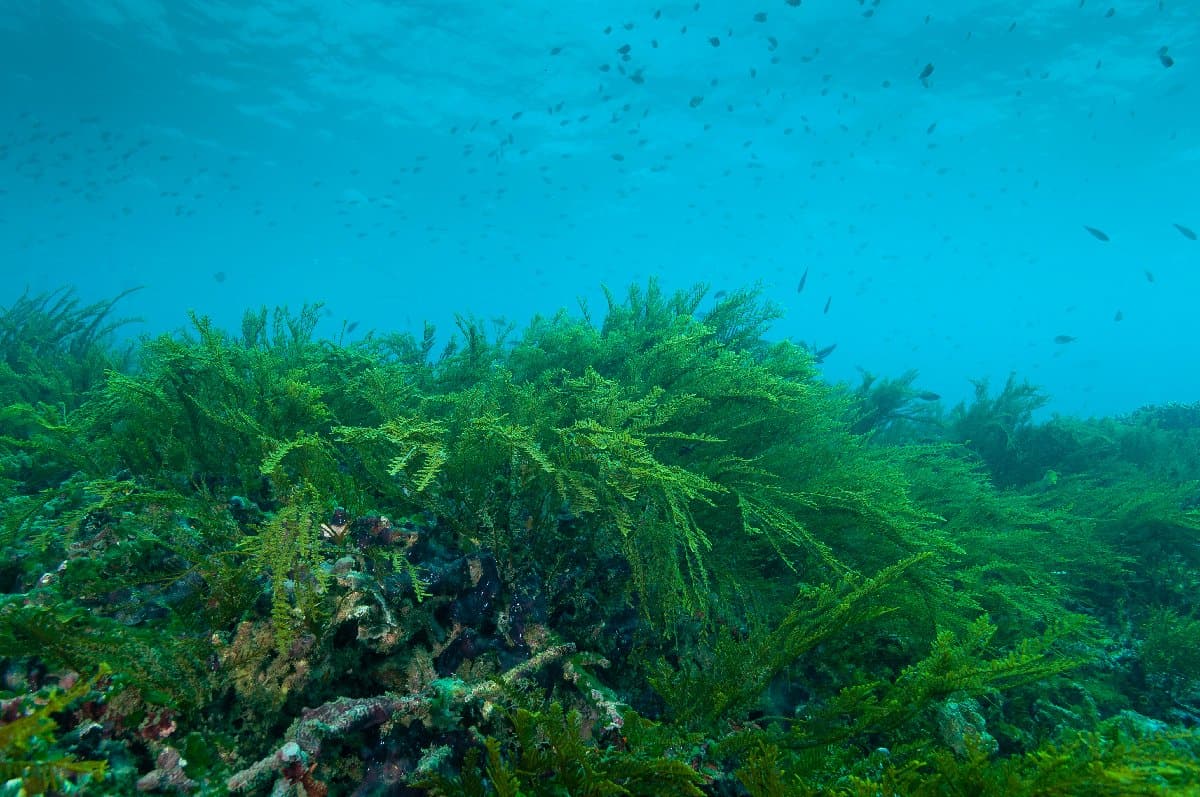Algae are eukaryotic, photosynthetic creatures belonging to the Protista kingdom, found mostly in water and other habitats. They lack plant-like characteristics and can be found in a wide range of habitats, making them almost ubiquitous. Algae are categorized based on their habitat, and their composition can be altered by changing growing conditions. Algae are widely used in a variety of industries such as food, biofuel, cosmetics, bio-packaging, bioplastics, and pharmaceutical applications.
Food Industry
Agar is widely used as a gelatin substitute in the food industry. It’s also used to thicken and gel jams and marmalade, as well as to keep bread and pastries from drying out. Microalgae for human nutrition is currently available in a variety of formats, including pills, capsules, and liquids. They can also be found in snacks, pasta, candy bars, and chewing gums, as well as nutrition bars, noodles, wine, breakfast cereals, beverages, and cookies.
Pharmaceutical Industry
Algae have been used as an herbal medication to cure sunstroke and digestive issues in China for a long time. Algae products are also used in the modern pharmaceutical sector. Algae have been used medicinally since ancient times to cure diseases such as coughs, hypertension, diarrhea, and gout. The utilization of algae as anti-cancer drugs is the focus of current research.
Cosmetic Products
Algae-derived goods can be found in nail enamels, body lotions, lipsticks, shaving creams, and shampoos. Algae products are employed in thickening agents, water-binding agents, antioxidants, iridescent pigment, and cosmetic packaging. Some microalgal species, particularly Arthrospira and Chlorella, are well-known in the skin care industry.
Bio-Plastic Production
Algae is a great raw material for bioplastic manufacture because of its various benefits, including high yields and the capacity to grow in a variety of settings. Bioplastics have the added benefit of being environmentally benign and reducing the use of fossil fuels.
Bio-Fertilizers
Seaweed has long been utilized as a fertilizer in coastal areas around the world, primarily for its mineral content and to boost the soil’s water-binding ability. Nitrogen-fixing microalgal species are significant, notably in rice farming. Most nutrients are still present in the left-over biomass after oil or carbohydrates are extracted from both seaweed and microalgae. Biofertilizer is one possible market for this nutrient-rich biomass.
Pollution Control
Algae can be utilized to catch fertilizer runoff from surrounding farms that enter lakes and streams. Some power stations employ algae to reduce CO2 emissions. Wastewater treatment, heavy metal biosorption, soil additives, conditioners, CO2 capture, and fertilizers are some of the possible applications.
Emerging Opportunities for Players Operating in Algae Market
The global algae market is being driven by the increasing demand for biofuels, the growing demand for algae-based products in the food and pharmaceutical industries, and the rising awareness of the environmental benefits of using algae. Major players in the algae market are looking to expand their operations by increasing production and exploring new applications for algae-based products.
Conclusion
Algae are an important resource that can be used in a variety of industries. With their wide range of applications and the potential for new products to be created, algae represent an exciting area for research and development. As the demand for sustainable and environmentally-friendly products continues to grow, algae-based products are likely to play an increasingly important role in the global economy.








